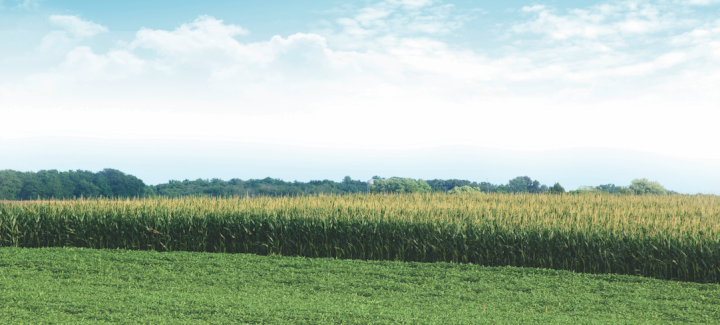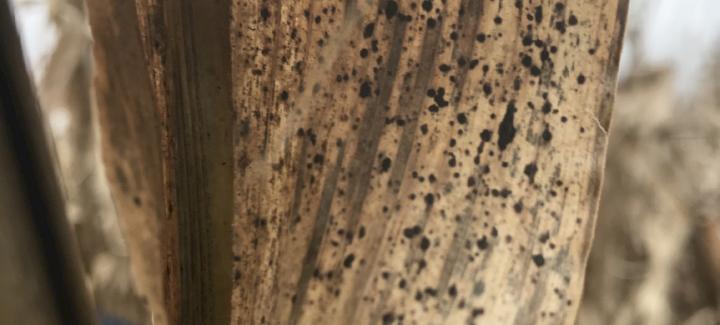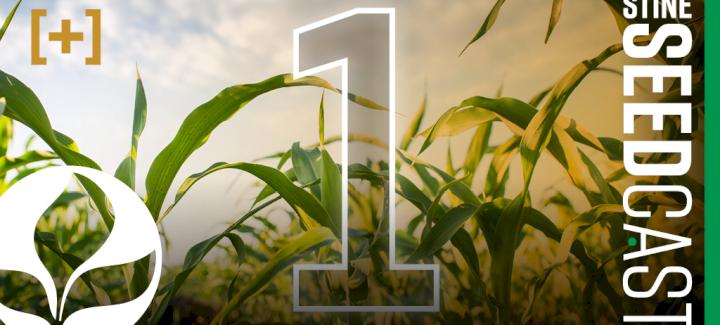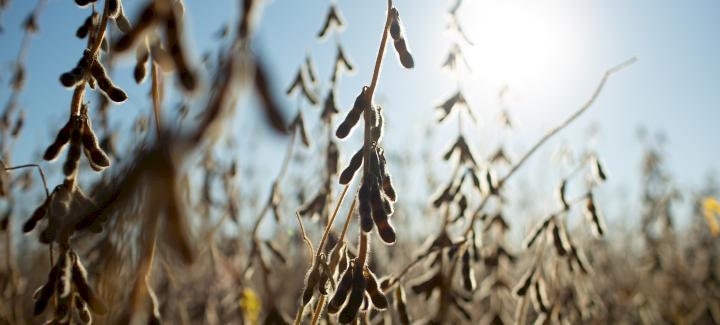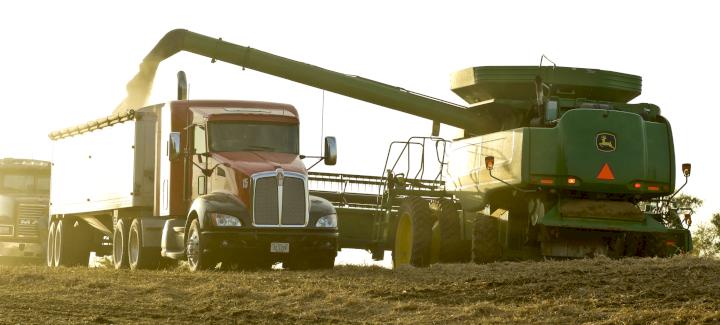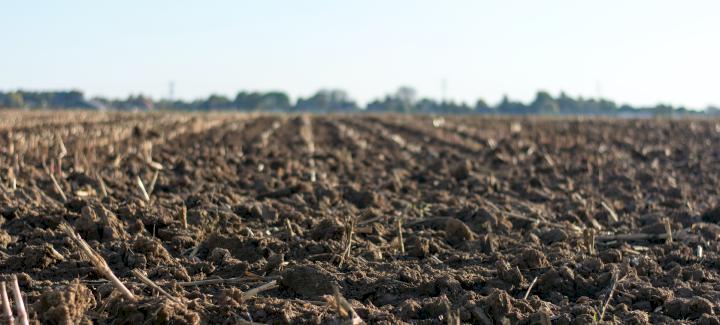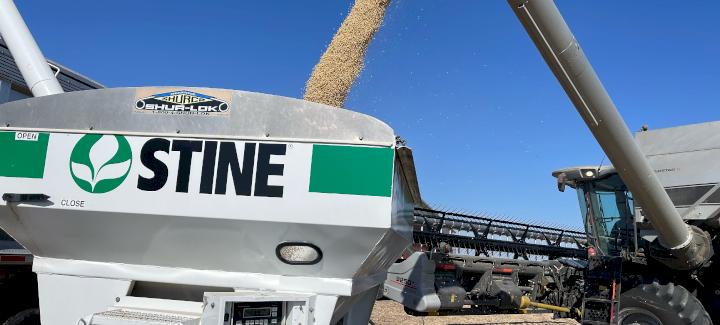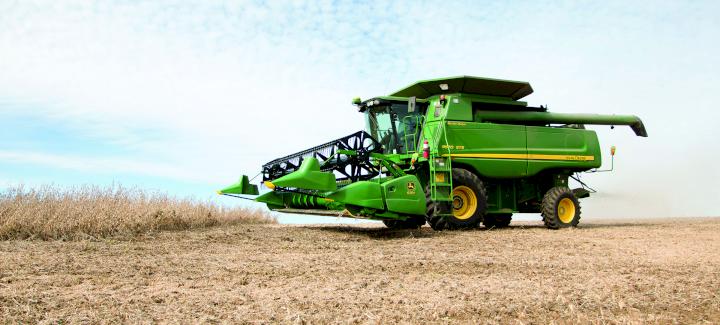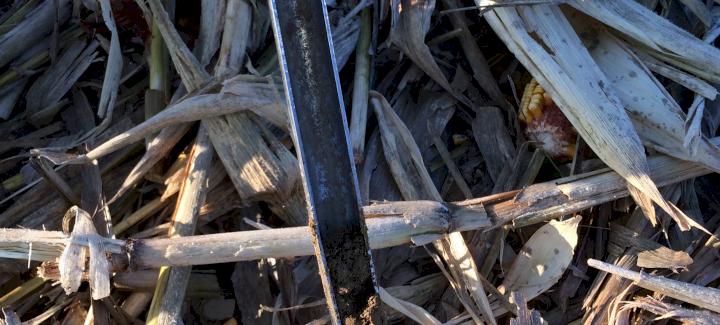Stine Seed Blog
Stine’s Ask the Agronomist blog is your source to the latest information from our expert team, including advice and insight on field practices, product recommendations, planting and harvest updates, new technologies, crop management, innovative research and information about how to keep your farm operation running smoothly year round.
-

2023 loading: A year to try something new
December 2022 in General
-

4 considerations for seed selection
December 2022 in Agronomy
-

Plan ahead for tar spot
December 2022 in Agronomy
-

Harvesting gratitude
November 2022 in General
-

Happy birthday, Stine Seedcast!
November 2022 in General
-

The Stine® 3-2-1 Advantage
November 2022 in Agronomy
-

Need help selecting seed for 2023? Don’t forget to look at plot data.
November 2022 in Agronomy
-

Managing soil compaction during and after harvest
October 2022 in Agronomy
-

7 steps for proper grain storage
October 2022 in Agronomy
-

Harvest Roundup: Part 2
October 2022 in Agronomy
-

Harvest Roundup: Part 1
October 2022 in Agronomy
-

Plan ahead for post-harvest soil sampling
September 2022 in Agronomy


